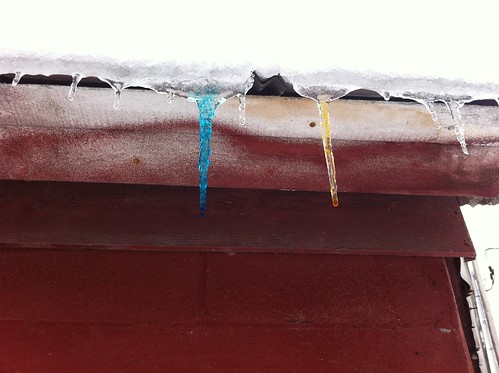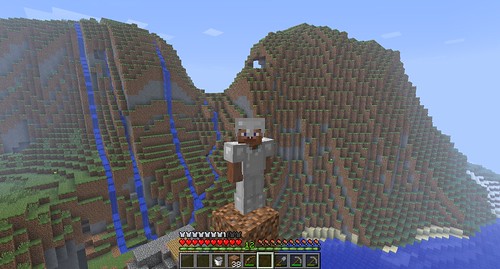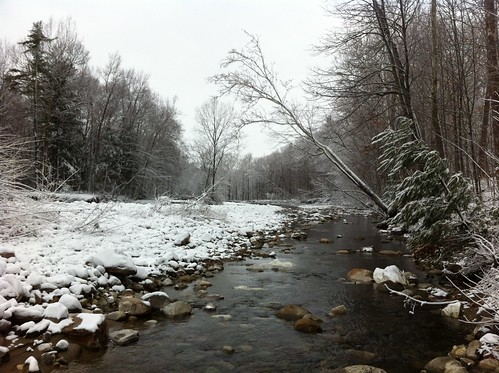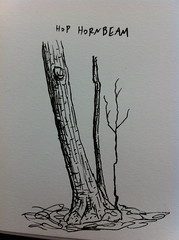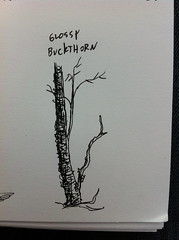Vermont has had a warm fall, but winter is coming. Cold rain and wet snow are in the forecast for this week, with much colder temperatures a near certainty later in the month. With a weak economy, rising fossil fuel prices, and reductions in federal heating aid,
many poor Vermonters are uncertain how they will survive the winter. Heating oil, used by many to heat their homes, is increasingly expensive and unlikely to get cheaper any time soon.

Meanwhile, many of the forests in Vermont, especially young woodlands that are growing in abandoned fields, have become heavily infested with introduced plants such as glossy buckthorn and common buckthorn. These invasive plants, which I've talked about before and
even made a little video game about, have few or no natural predators. For this reason it forms dense thickets in open areas and
stops trees like maples from returning to these areas. While the long term effects are uncertain, at the current time we are seeing the formation of thickets of buckthorn with little other plant life. Removing buckthorn
has been shown to allow tree saplings to grow, but removal can be expensive and money is in short supply right now. There is a movement to
reduce the numbers of invasive species by eating them, but buckthorn isn't edible. Even the beavers don't seem to like it. Most landowners and land managers don't like it either, but can't afford to remove it themselves.
While testing out a citizen science iPhone app called
What's Invasive, I mapped some of the buckthorn in the Champlain Valley area. This map is by no means complete, and simply represents places I've seen buckthorn when testing the app. Go to the main website linked above and select the 'Champlain Valley of Vermont' park for more info and photos.



